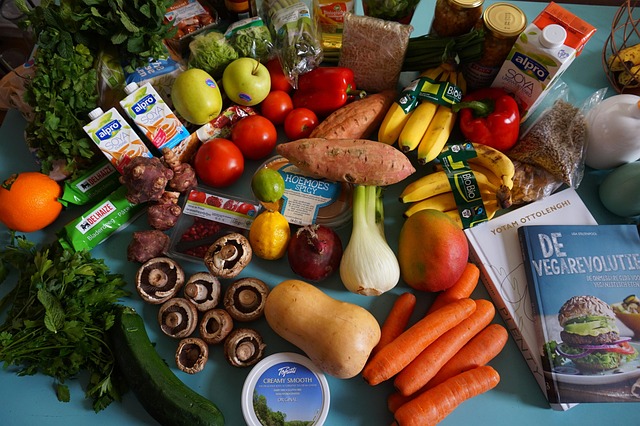Traveling opens the door to new experiences, cultures, and cuisines but it can also be challenging if you’re following a special diet. Whether you’re gluten-free, vegan, keto, diabetic, or managing food allergies, it’s completely possible to explore the world without compromising your health or beliefs. With a little planning and a few savvy tricks, you can enjoy the journey and stay nourished along the way.
1. Plan Ahead and Research Local Cuisine
Before you go, research the local food culture of your destination. Many traditional cuisines are naturally aligned with certain dietary preferences. For example:
-
Mediterranean countries offer plenty of plant-based options for vegans.
-
Southeast Asia is rich in rice-based, gluten-free dishes.
-
Japan can be great for pescatarians but may be tricky for vegans research is key.
Look for restaurants and dishes that align with your needs, and consider learning basic phrases in the local language to explain your diet.
2. Pack Your Essentials
Always carry a travel stash of diet-friendly snacks and emergency food items like
-
Protein bars
-
Nut mixes
-
Instant oats or noodles (gluten-free or keto varieties)
-
Shelf-stable plant milk or vegan jerky
-
Electrolyte packets or supplements
These can be lifesavers in airports, rural areas, or places with limited food options.
3. Use Apps and Tools
Take advantage of technology. Apps like
-
HappyCow – for finding vegan/vegetarian restaurants
-
Find Me Gluten Free – for gluten-free friendly spots
-
AllergyEats – for allergy-conscious diners in the U.S.
-
Google Translate – to read ingredient lists or translate dietary restrictions
These tools help you navigate menus and shop for safe ingredients with confidence.
4. Book Accommodations with Kitchens
Choose Airbnb, hostels, or hotels with kitchenettes so you can cook some of your own meals. It gives you control over ingredients and helps balance restaurant dining with homemade options.
Visit local markets and cook with regional produce it’s a fun cultural experience too!
5. Notify Airlines and Hosts in Advance
If flying, request special meals when booking your ticket. Airlines typically offer vegan, gluten-free, low-sodium, and diabetic-friendly meals but they need advance notice.
Also, inform your hotel, resort, or tour group about your dietary needs ahead of time. Many are happy to accommodate if they know in advance.
6. Learn How to Read Labels (or Ask)
If you’re visiting international supermarkets, familiarize yourself with ingredient terms in the local language—especially for allergens like dairy, nuts, soy, or gluten.
Alternatively, carry a dietary needs card translated into the local language. You can show it at restaurants to help staff understand your requirements clearly.
7. Practice Flexibility (Without Breaking Your Rules)
Travel often demands a bit of creativity. You might not find a “perfect” version of your usual meal—but you can still make smart choices:
-
Build meals from simple components (e.g., rice + veggies + lentils)
-
Choose “safe base foods” and add what’s available
-
Consider supplementing with protein powders or vitamin tablets if needed
The goal is to stay on track without causing stress.
Traveling with a special diet doesn’t have to be limiting it just takes intention. With good planning, flexibility, and the right tools, you can honor your health goals while enjoying incredible food and cultural experiences around the globe. The journey should nourish your soul and your body!


